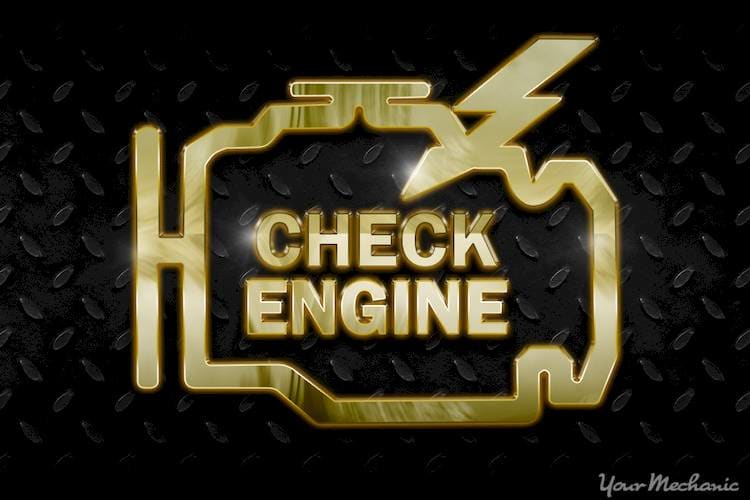P2192 code definition
System Too Rich at Higher Load Bank 1
What the P2192 code means
This code indicates there is a rich condition in the exhaust under high load conditions. High load conditions exist when a vehicle is climbing a hill, accelerating quickly or carrying or towing a heavy weight. Bank 1 refers to the set of cylinders that does not include the number one cylinder.
What causes the P2192 code?
The PCM (Powertrain Control Module) will set this code when it sees the LTFT (Long Term Fuel Trim) has exceeded a correction value set by the manufacturer. Fuel trims are a strategy used to fine tune fuel mixtures. They are a learned parameter that the PCM uses to average out the amount of fuel injected into the motor. When the motor begins to need more or less fuel for a measured period of time, the fuel trims will register this change. Fuel trims are intended to be valuable diagnostic tools.
What are the symptoms of the P2192 code?
- Check Engine Light
- Poor acceleration
- Hesitation or misfire when accelerating
- Black smoke out of the tailpipe
- Low power
How does a mechanic diagnose the P2192 code?
They should begin by connecting a scan tool to retrieve any codes. This code is often set along with other codes that should be addressed first. If this is the only code, the technician should proceed by checking all relevant scan tool data for clues to the problem, in particular the LTFT.
Fuel trims are PCM calculated values used for diagnosis purposes. A 0% trim indicates no correction is needed and optimum fuel mixtures. Negative trim percentages indicate the PCM is reducing the amount of fuel while positive percentages indicates the PCM is increasing the amount of fuel injected into the motor. Fuel trims provide valuable diagnostic data. They will often direct the technician where to look first.
Testing the O2 sensor should be done next since the O2 is the primary sensor to determine the fuel mixture in the combustion chamber. The O2 sensor data should be fluctuating from 0.1 volts to 0.9 volts rapidly. If it is not fluctuating rapidly, injecting propane into the intake manifold while monitoring O2 sensor data on a scan tool will determine if the O2 is functioning. It should respond quickly to the introduction of propane. If not, it will need to be replaced.
After determining the O2 is working correctly, interpretation of the fuel trims will often lead the technician in the right direction. Some of those directions include pinpoint tests of the MAF (Mass Air Flow) sensor and or MAP (Manifold Absolute Pressure) sensor. This should be done while monitoring fuel pressure. Fuel pressure specifications, MAP, and MAF sensor specifications will be dependent upon the individual manufacturers and should be referenced with a professional automotive information system.
When checking fuel pressure, it is important to turn the motor off and observe how long it takes for the pressure to bleed off. A fuel system in good operating order shouldn’t bleed off at all. Bleed off only becomes a problem if it bleeds off quickly. Dropping no more than a few pounds in five minutes is acceptable. Rapid bleed off indicates a fuel pressure leak that could be adding more fuel than expected to the combustion chamber. If this is the case, pinching off of fuel hoses to locate the leak is necessary.
Common mistakes when diagnosing the P2192 code
This code will most often accompany other codes that should be diagnosed first. If this is the only code, the most common mistake would be the incorrect interpretation of the fuel trims. If read incorrectly, they can lead a technician down the wrong diagnostic path.
How serious is the P2192 code?
This code is progressively serious, meaning it will only exhibit a Check Engine Light at first, but if left undiagnosed, the problem that exists will likely become worse. It won’t damage the motor and is not a safety issue. It will not always exhibit a drivability symptom.
What repairs can fix the P2192 code?
A code such as this rarely follows a specific diagnostic path. Fuel trims provide valuable diagnostic information to those who know how to interpret them. Often it is necessary to quiz the customer to gain further details about when and how the code was set. It is common for these details to clue the technician into what might be the problem. The best advice I can give someone diagnosing this code is to prove your theory before getting too far into an expensive repair. I’ve seen many a technician perform time consuming repairs only to find out the problem still exists.
Need help with a P2192 code?
YourMechanic offers certified mobile mechanics who will come to your home or office to diagnose and repair your vehicle. Get a quote and book an appointment online or speak to a service advisor at 1-800-701-6230.
Check Engine Light
trouble codes
P2192





